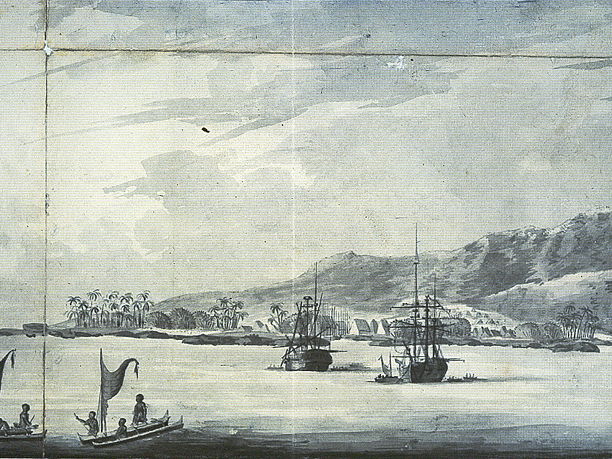

Compare the accounts as well as other evidence of Captain CookŌĆÖs death, to work out what happened when Cook died. Why is it important to consider a range of sources? What things influence how the historical narrative is set out?
On 14 February 1779, Captain James Cook ŌĆō the British navigator and explorer ŌĆō was killed in Kealakekua Bay, Hawaii in a confrontation with the indigenous Hawaiians (K─ünaka Maoli).
The story of his death, and his legacy, has been much explored and debated. Your job in this lesson is simple: use original sources to find out what really happened. Or maybe itŌĆÖs not so simple?
In this lesson, students will explore different accounts of CookŌĆÖs final moments. These accounts are based on the logs from different members of CookŌĆÖs crew. Students will then look at depictions of CookŌĆÖs death in art.
None of these accounts come from the Hawaiian perspective ŌĆō this is important to keep in mind as you go through the lesson.
Something went wrong, please try again later.
This resource hasn't been reviewed yet
To ensure quality for our reviews, only customers who have downloaded this resource can review it
to let us know if it violates our terms and conditions.
Our customer service team will review your report and will be in touch.